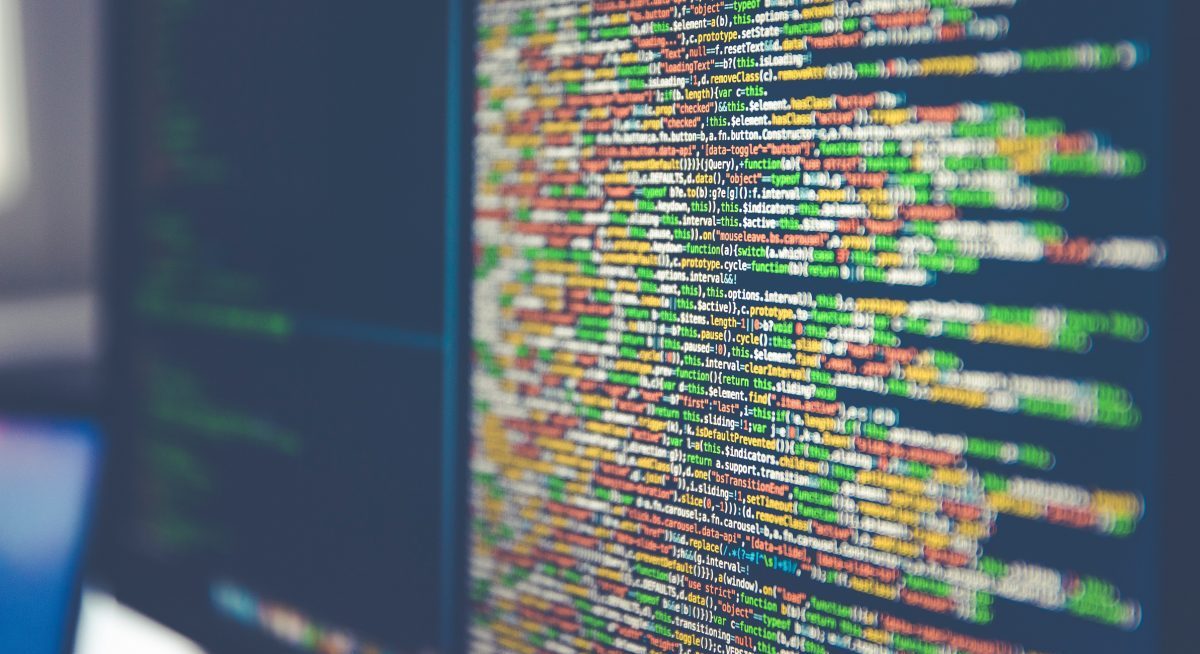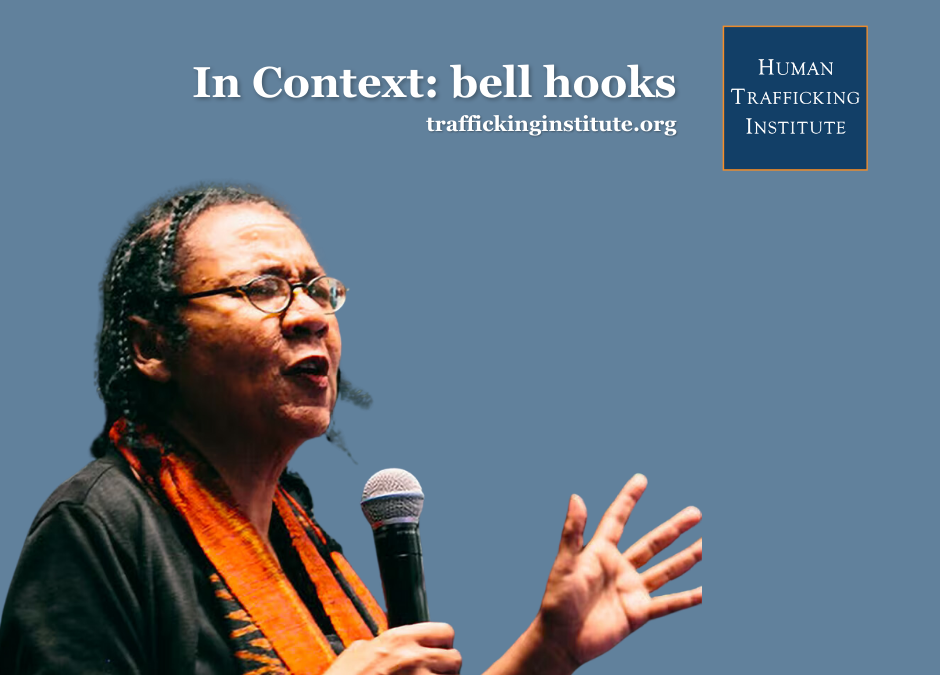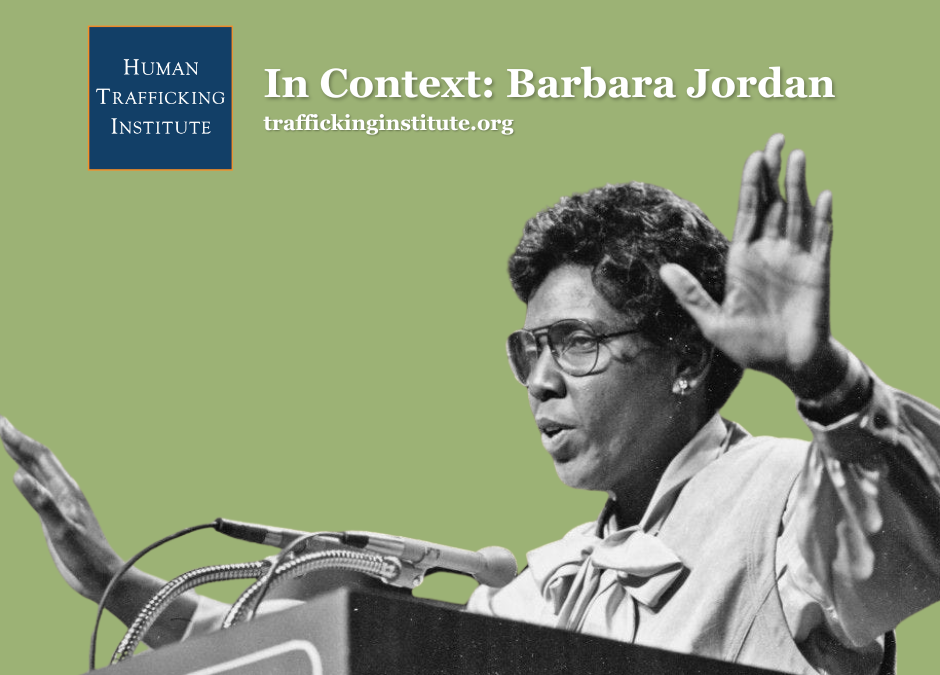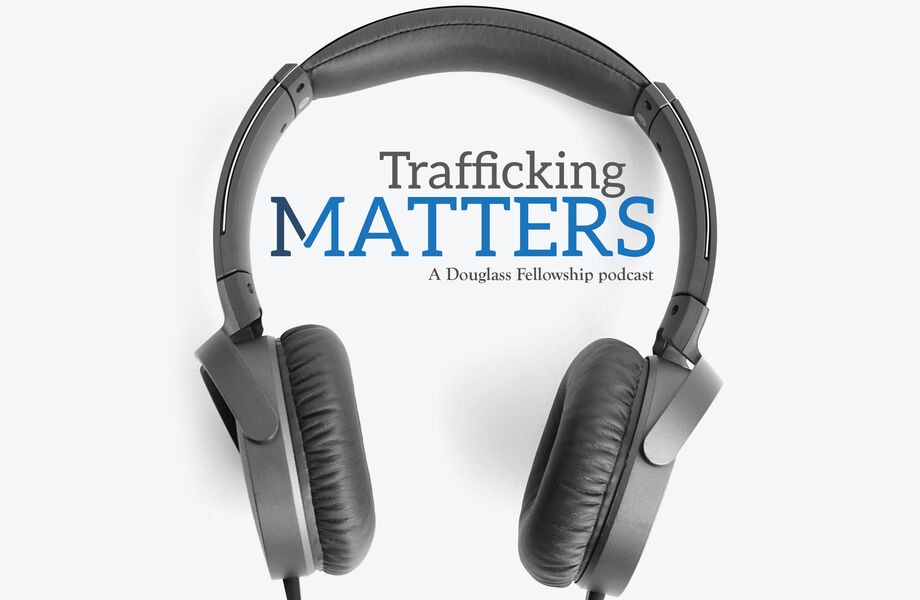By: NICOLE SMITH
The Center for Mind and Culture (CMAC) recently released “Counter-Trafficking Top 40: Tools Against Child Trafficking,” a white paper that serves as a comprehensive list of 40 accessible tools that help combat the child trafficking industry. The white paper, compiled by Research Assistant Marqueze Kennedy, describes mobile apps and websites for use by the public that can help users learn the signs of trafficking as well as be a part of efforts to combat it.
Human trafficking is not a new problem, but it has grown as an industry with the introduction of new tools and technologies. “Traffickers are able to utilize the internet and cyber technologies to optimize the targeting and recruitment of young victims, become more efficient in matching buyers with [a] product, and easily evade detection,” describes Kippy Rudy, Chief Development Officer at CMAC. “But at the same time, law enforcement and other organizations are innovating new ways to use the same technology against traffickers and to set up additional cybersecurity to protect vulnerable children.”
Of the 40 tools, 20 are available for public use. The remaining are designed for nonprofits, private businesses, or government and law enforcement. The list ranges from tools providing digital forensics on commercial sex ads and facial recognition software programmed for use across China, to a database with information spanning 90,000 cases in almost 200 countries, among others. Some of the apps rely on user-generated content to match images of hotel rooms with criminal activity, identify missing persons, or analyze global data from reported cases of trafficking.
The list is organized by five categories:
- Image Recognition
- Awareness
- Reporting
- Database Management
- Deep Learning & Artificial Intelligence (AI).
Image Recognition
A quickly emerging technology used to fight trafficking is image recognition. AI is able to scan and scrape the internet for child sexual abuse material (CSAM) with a level of speed and accuracy beyond human capability. This technology is used by Thorn to automatically save law enforcement time by identifying victims of trafficking with facial recognition. Traffic Jam by Marinus Analytics is similarly able to scan the internet and match trafficking victims with photos of missing children in sex ads. Organizations like Project VIC and Two Hat Security have created tools that filter and remove CSAM from the web using facial recognition and video fingerprinting to identify children and illegal material. User-generated databases allow anyone to get involved in the fight against trafficking. TraffickCam is an app that uses images of hotel rooms uploaded by the general public to help law enforcement match images to their location.
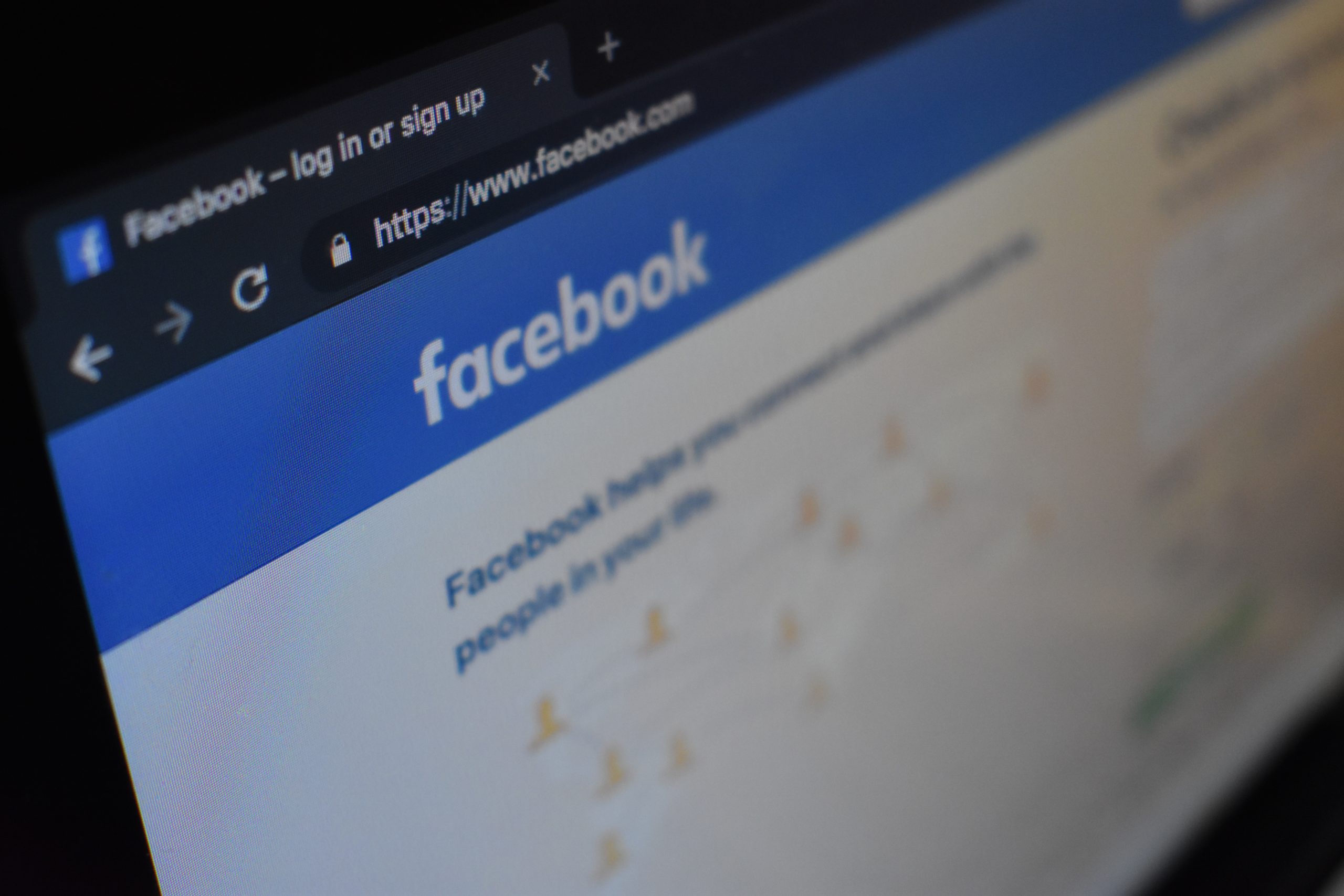
Awareness
Aimed more for the general public, apps, websites, games, and virtual reality (VR) in this category find new ways to make resources on the signs of human trafficking easily accessible. BAN Human Trafficking, (Un)Trafficked, and The Lifeboat Project have created choose-your-own-adventure gaming apps where users play through scenarios to learn the signs of human trafficking and are provided with resources and information on legal action they can take. Operation Red Alert has partnered with Oculus VR for Good and filmmaker Jayisha Patel to make a powerful VR film that immerses viewers in the story of trafficking victims.
Reporting
Many organizations are focused on how to provide witnesses to trafficking situations with the tools to report suspicious activity or known trafficking. These apps include The STOP App (UK), NAPTIP (Nigeria), and the CyberTipline (US). Unique to the trucking industry, Truckers Against Trafficking empowers drivers to spot and report trafficking in travel plazas, gas stations, and on the road.
Database Management
Global data hubs serve as networks to collect information on trafficking, both uploaded by users and gathered by computers around the world. The Child Labour Tracking System keeps data previously unrecorded or inconsistent between departments in India. It now tracks traffickers, wages, vulnerable areas, employers, and more while registering rescued children within the system. Perhaps the most robust database is the Counter-Trafficking Data Collaborative established by the Migration Agency of the United Nations. This database receives contributions from almost 200 countries and uses geographic-specific information on over 90,000 cases to analyze the most popular form of trafficking by region, age and gender of victims, and how victims are being controlled.

Deep Learning & AI
A variety of services, platforms, and organizations are diving deeper into the technologies capable of preventing human trafficking. Deep in the dark web, Seattle Against Slavery and Hyperion Gray are working to target, deter, delay, and gather data on likely buyers and mapping and clustering dark web sites to shed light on hidden areas of the internet. Two algorithms developed by Rebecca Portnoff, a doctoral student at the University of California-Berkeley, trace traffickers and victims by identifying non-consensual sex ads, linking similar writing styles across a multitude of ads, and uncovering bitcoin transactions. In response to the industry of webcam child sex tourism, Terre Des Hommes created a virtual 10-year-old girl to bait, catch, and unmask potential buyers and offenders while collecting data to implement the new policy.
By providing this resource, CMAC hopes to consolidate core knowledge and enable law enforcement, government agencies, and nonprofits to select and combine strategies with maximum effectiveness. Though some of these technologies are run by private organizations, which are completely independent of any user base, many of these tools need to gather a large audience and user base in order for them to become effective. Many of them create platforms to empower ordinary people who want to fight child trafficking in their own communities.

